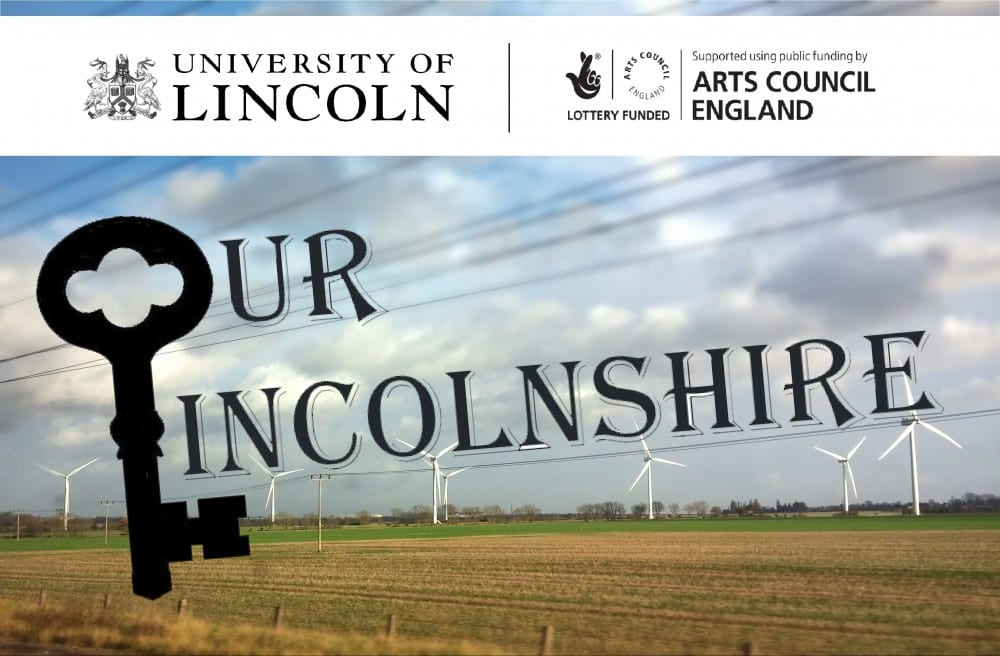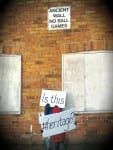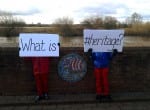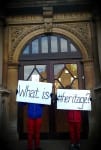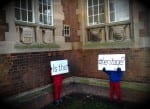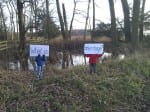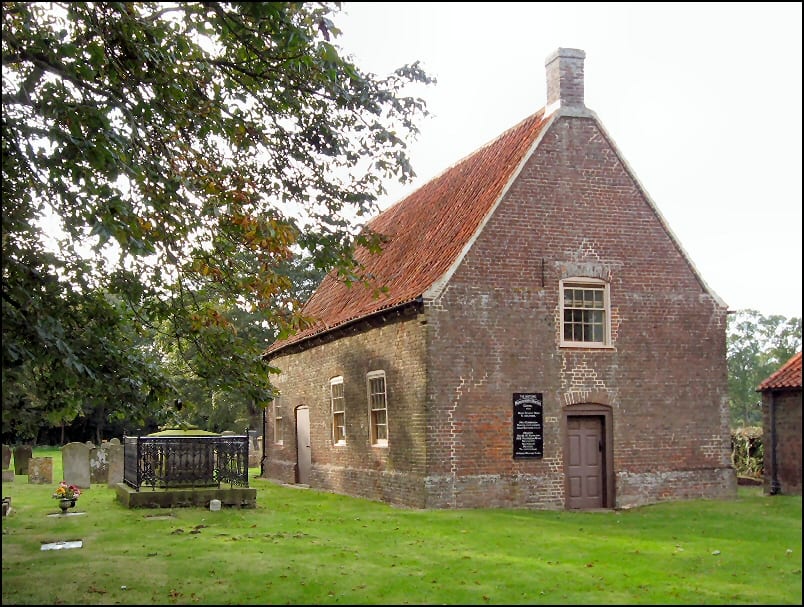I’ve spent the past few months carrying out archival research, meeting a number of club and county representatives, and carrying out some fascinating interviews. It’s been great to meet some of those who have such long involvement in Lincolnshire cricket.
We’re now looking to pull all this information together into a Lincolnshire Cricket History website, and once again we need your help:
We’d like you to send us: Club histories and Nominations for the CricketLincs Hall of Fame.
1. Club histories
We would like all clubs in the county to have a page on the website, which outlines a little bit about the history of the club. It doesn’t have to be too long or detailed, but it would be great to have as many clubs represented as possible.
Things which would be good to include:
– The date your club was founded
– Which grounds the club have played on
– The leagues the club have played in
– Key events in the club history
– A link to your club website and contact details for someone in the club
Also any old photographs of players, grounds, pavilions, trophies, and / or the club badge, which we can put on the website alongside the club history.
We are aiming for the website to be “live” by the end of April, so please aim to email me (rnicholson@lincoln.ac.uk) your club history by Wednesday, 13th April.
2. Hall of Fame entries
We are launching a Hall of Fame which aims to recognise the achievements of the legends of Lincolnshire cricket, both past and present.
This can be anyone who has devoted time to cricket in the county and you feel is worthy of inclusion – players, administrators, tea ladies, groundsmen, umpires…
If you’d like to nominate someone for inclusion, please email me their name, along with a short profile (c.500 words) and include the following information:
– Year they were born
– Clubs they have been involved in
– Roles they have carried out
Please also include a photograph of the nominee.
The first round of nominations for the Hall of Fame closes on Wednesday, 13th April. Please email me (rnicholson@lincoln.ac.uk) all nominations by that date.
We look forward to hearing from you!
